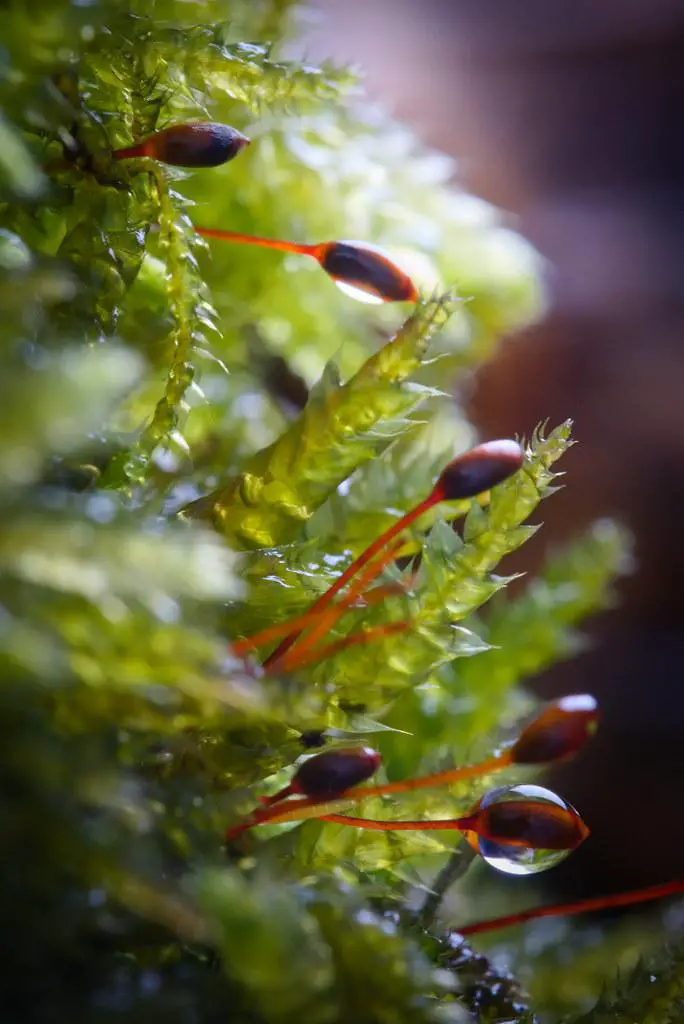
52665356425_29a68ddb3e_b.jpg from: https://www.flickr.com/photos/184376335@N04/52665356425
Discovering the Delightful Dicranella perrottetii Moss
Dicranella perrottetii (Mont.) Mitt., commonly known as Dicranella, is a fascinating species of moss belonging to the
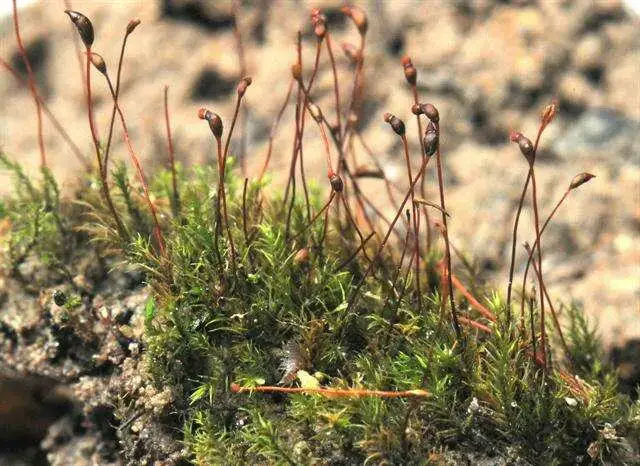
913.77902.jpg from: https://eol.org/pages/419476
Dicranellaceae family. This tiny but mighty plant plays important ecological roles and boasts some impressive adaptations. Let’s take a closer look at this marvelous moss!
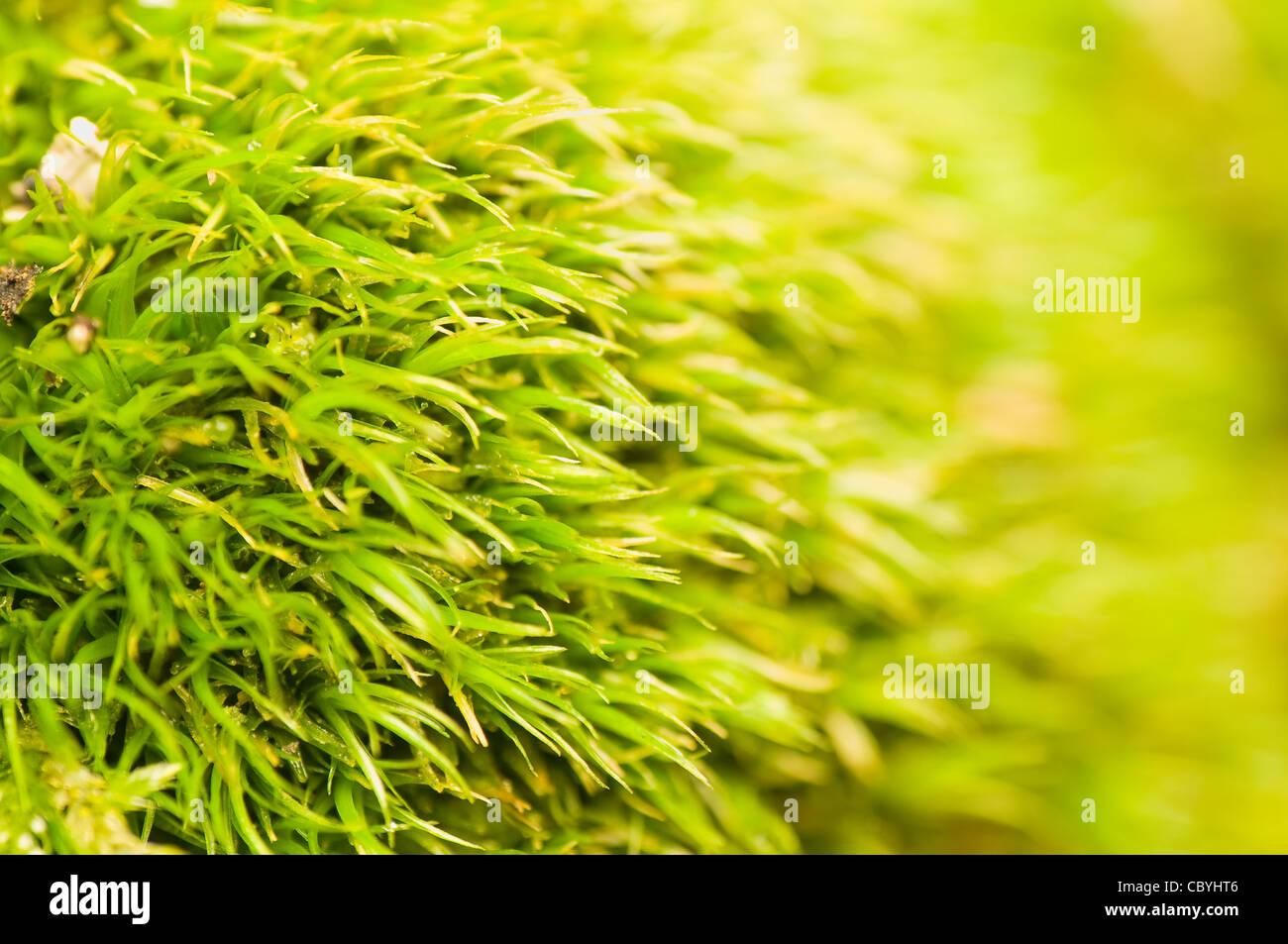
dicranella-moss-CBYHT6.jpg from: https://www.alamy.com/stock-photo-dicranella-moss-41788662.html
Background on Bryophytes
Mosses are non-vascular plants in the division Bryophyta. Unlike other land plants, they lack true roots, stems, and leaves. Instead, they have leaf-like structures called phyllids and absorb water and nutrients directly through their surfaces. Mosses are found in diverse habitats worldwide, from arctic tundra to tropical rainforests.
Morphology and Identification
D. perrottetii
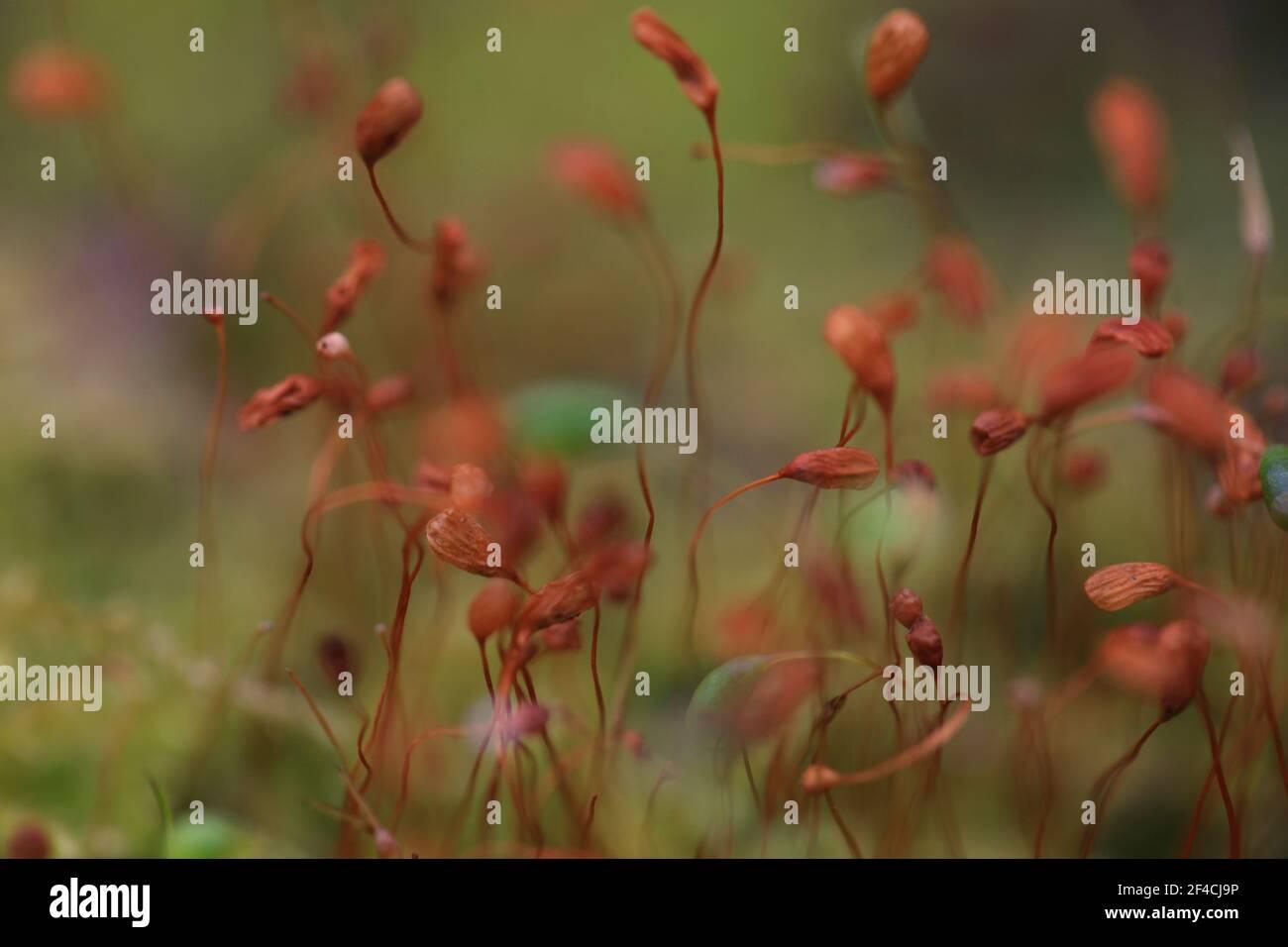
bryophytes-british-moss-species-dicranella-moss-growing-in-essexbritain-2F4CJ9P.jpg from: https://www.alamy.com/bryophytes-british-moss-species-dicranella-moss-growing-in-essexbritain-image415785266.html
forms dense mats or cushions of erect shoots. The phyllids are lanceolate (lance-shaped) and have a single costa (midrib) that extends to the tip. Capsules are ovoid to cylindrical and borne on long setae (stalks). The peristome (ring of teeth around the capsule mouth) is single with 16 teeth that are usually split to the base.
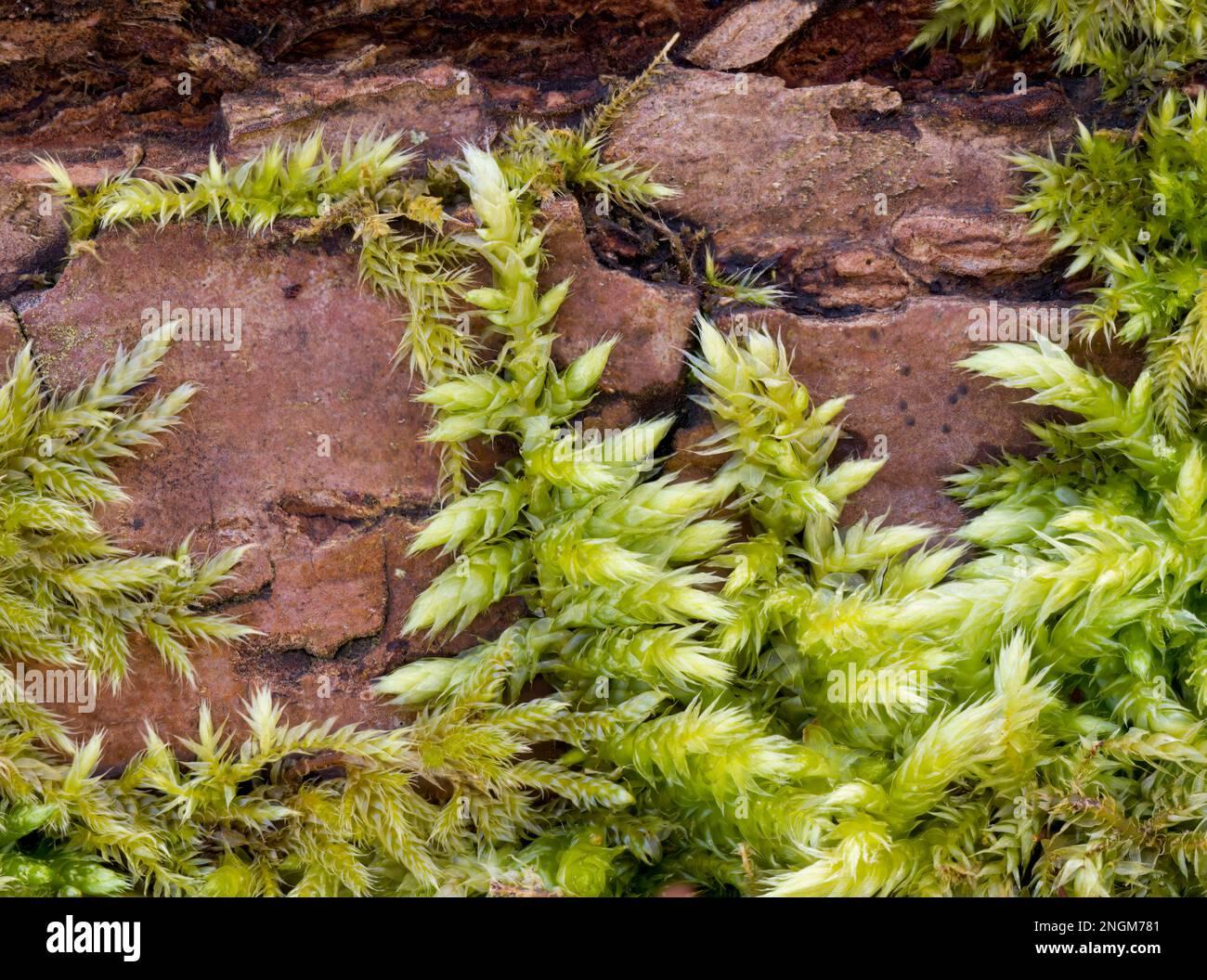
silky-forklet-moss-dicranella-heteromalla-growing-over-a-log-2NGM781.jpg from: https://www.alamy.com/silky-forklet-moss-dicranella-heteromalla-growing-over-a-log-image526590289.html

dicranella_varia.jpg from: https://www.earth.com/plant-encyclopedia/Bryophytes/Dicranaceae/dicranella-varia/en/
| Character | Description |
|---|---|
| Phyllids | Lanceolate with single costa |
| Capsule | Ovoid to cylindrical |
| Seta | Long |
| Peristome | Single with 16 teeth split to base |
Global Distribution and Habitat
This species has a wide distribution, found in Africa, Asia, Australia, and the Pacific Islands. It grows on soil, rocks, and rotting logs in moist forests from lowlands to mountains. In some areas it is an epiphyte, growing on tree trunks and branches.
Ecological Roles and Adaptations
Like other mosses, D. perrottetii
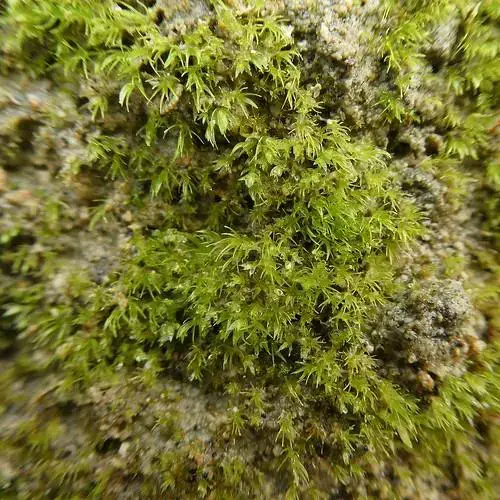
51682467958_e275cd479a.jpg from: https://www.flickr.com/photos/silybum/51682467958/
plays vital roles in its ecosystems:
- Helps retain moisture and prevent erosion
- Provides shelter and food for invertebrates
- Pioneers disturbed sites and paves the way for other plants
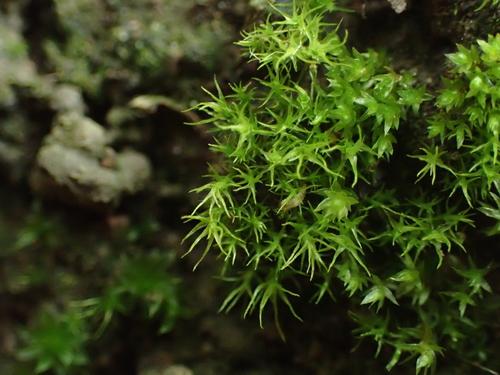
medium.jpeg from: https://www.inaturalist.org/taxa/161839-Dicranella-schreberiana
This mighty moss has adaptations that allow it to thrive:
- Tolerates low light on forest floors
- Withstands periods of desiccation
- Reproduces via spores and asexual fragmentation
Conclusion
From its diminutive size to its global distribution, Dicranella perrottetii is a prime example of how mosses punch above their weight in the plant kingdom. Next time you’re in a moist forest, take a moment to appreciate the miniature world of this delightful
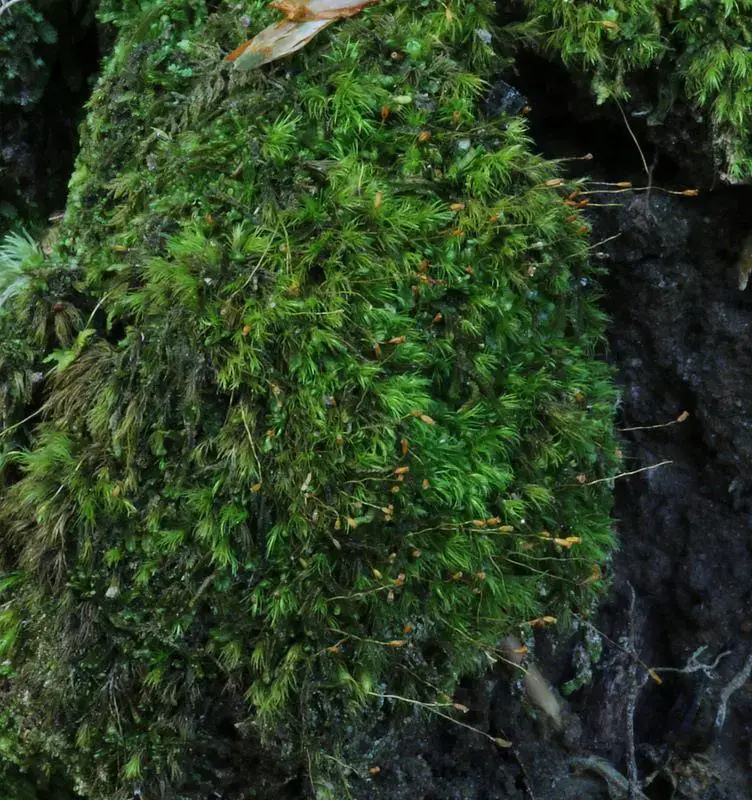
jim__stasz_18901428319_c3d7a1a367_c.jpg from: https://www.marylandbiodiversity.com/view/10838
Dicranella. What other mighty mosses might you discover when you look a little closer?
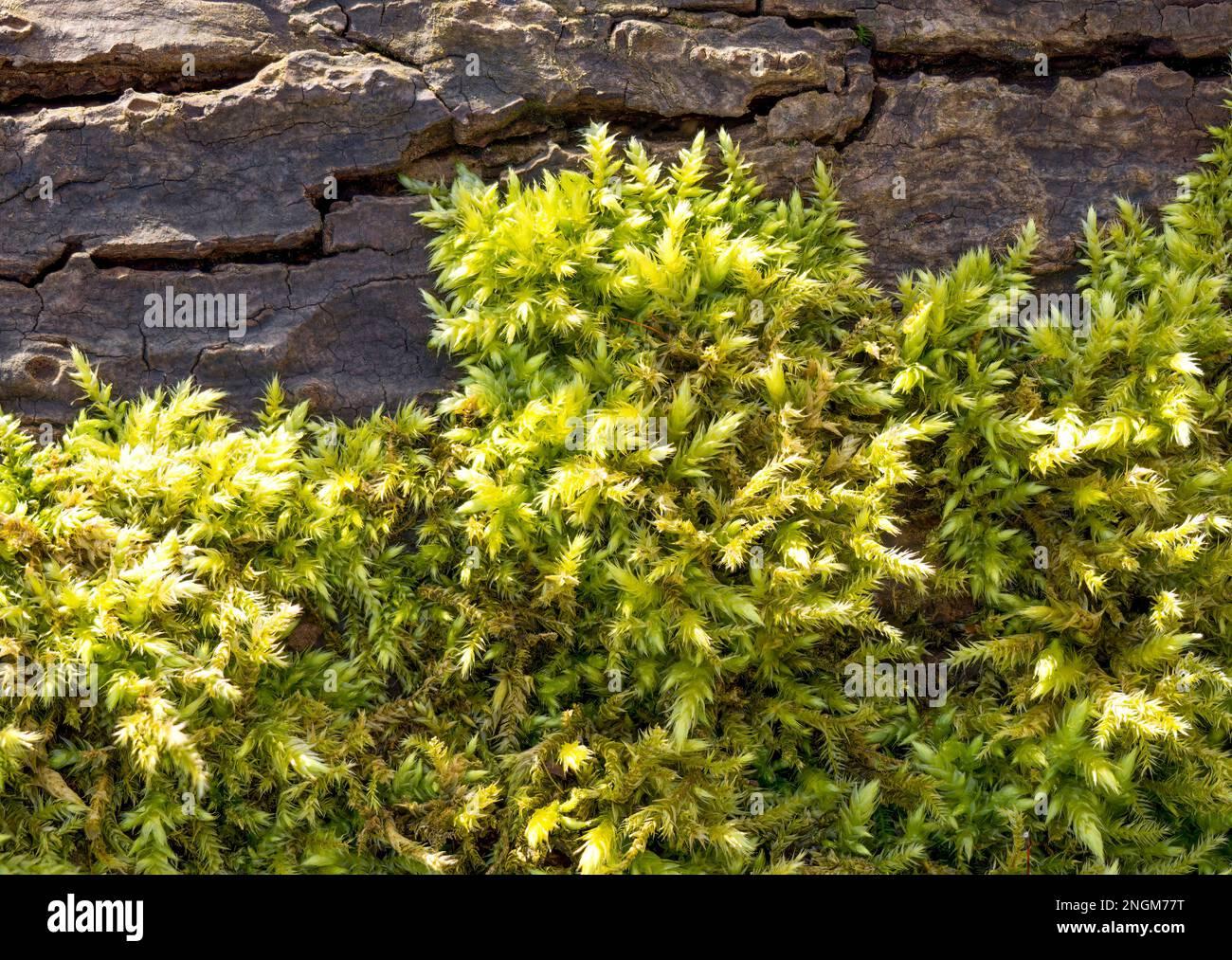
silky-forklet-moss-dicranella-heteromalla-growing-over-a-log-2NGM77T.jpg from: https://www.alamy.com/silky-forklet-moss-dicranella-heteromalla-growing-over-a-log-image526590284.html